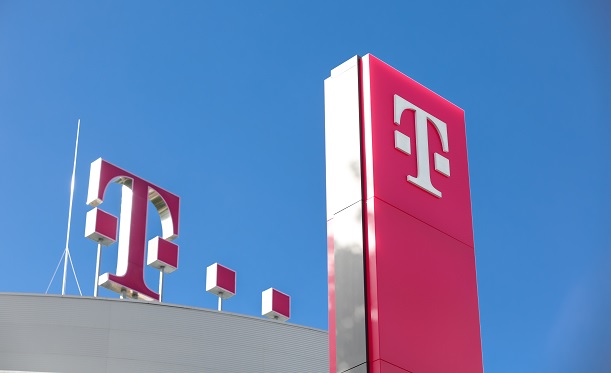Deutsche Telekom is extending its edge computing testbed to cover further sites as it looks to further its research into the technology.
Its Living Edge Lab, which is located at the Carnegie Mellon University in Pittsburgh in the United States, will grow from one to three sites under the plans.
The lab has set up a completely software-based radio access network on the 3.5GHz band. It uses LTE and 5G technology such as Massive MIMO, active antenna systems and beamforming. The lab uses beamforming tech from German radio vendor Airrays and vRAN from US vendor Altiostar.
The vRAN solution connects the active antenna systems to a virtualised baseband unit, which runs commercial off the shelf software. Deutsche Telekom said each site uses fibre optic technology and offers high bandwidth and latencies of 15 milliseconds.
The partners are part of the Open Edge Computing Initiative, which aims to explore applications for the technology and how it performs in certain conditions.
Alex Jinsung Choi, SVP Research and Technology Innovation at Deutsche Telekom, said: “The Living Edge Lab testbed is a major technology milestone towards use-case centric Edge Computing and will provide application developers with an early experience of the benefits of 5G technology.
“It is a unique Edge Computing platform that leverages a fully virtualised end-to-end solution and the implementation of user-tracing beamforming antennas for the first time in a live environment.”


